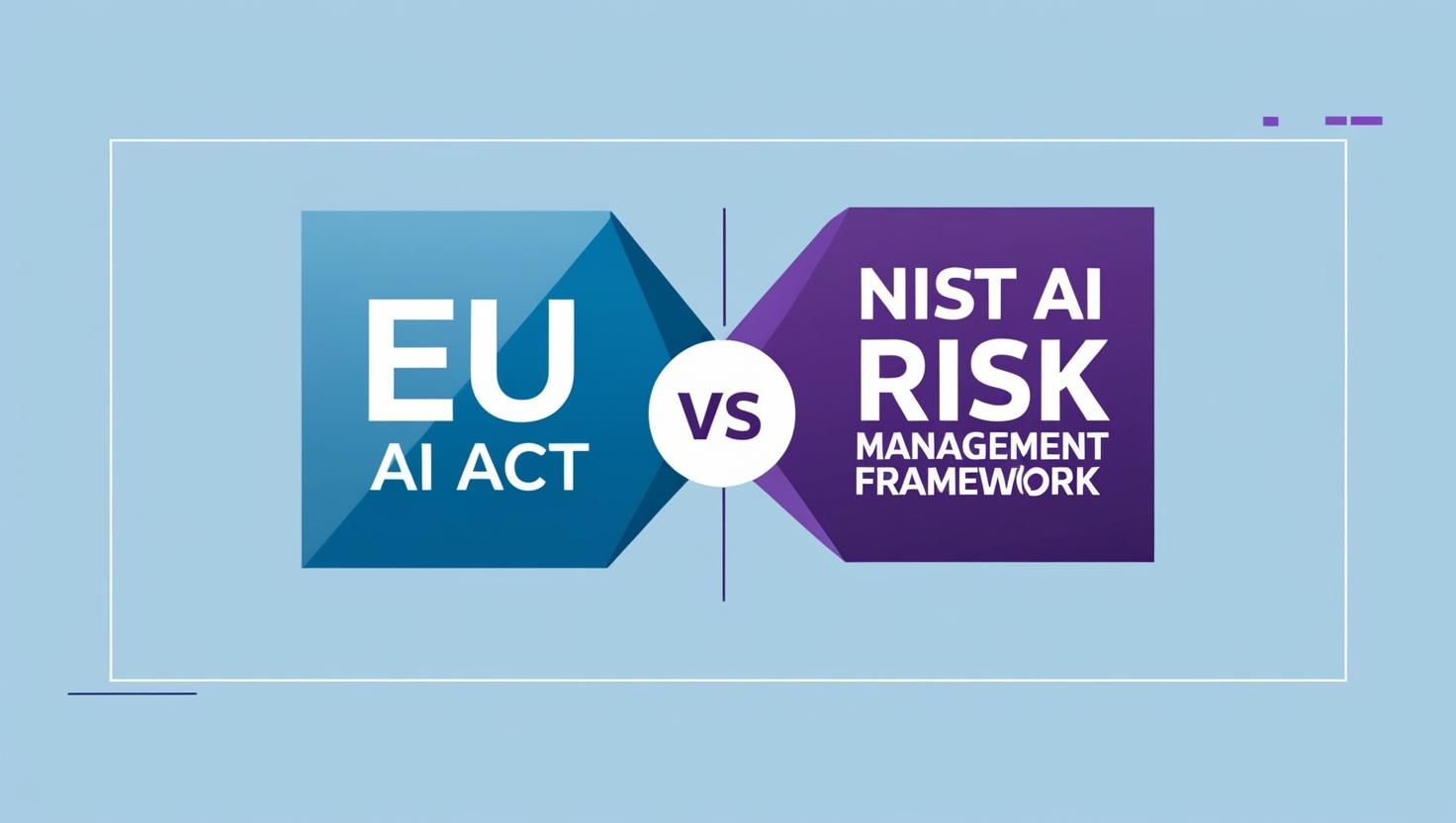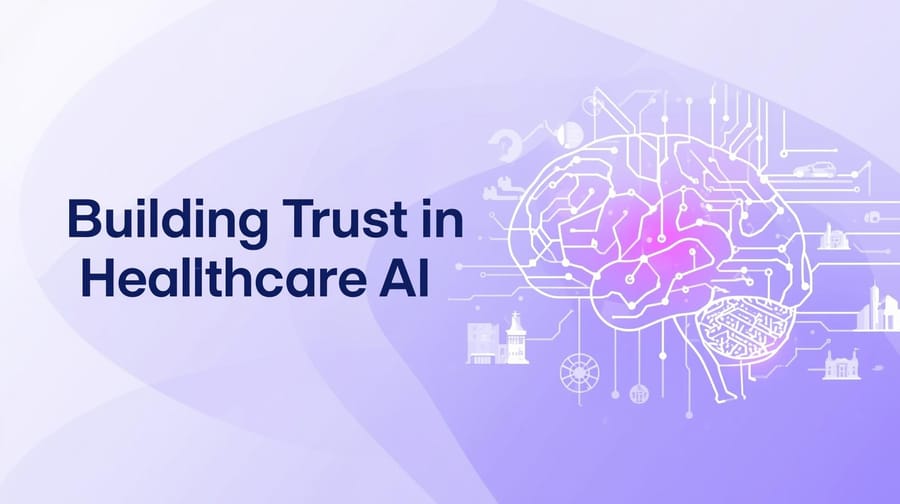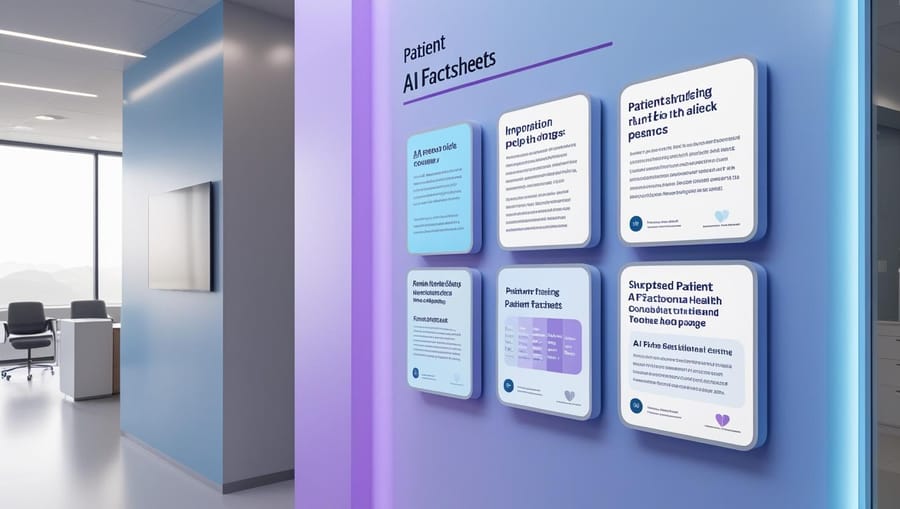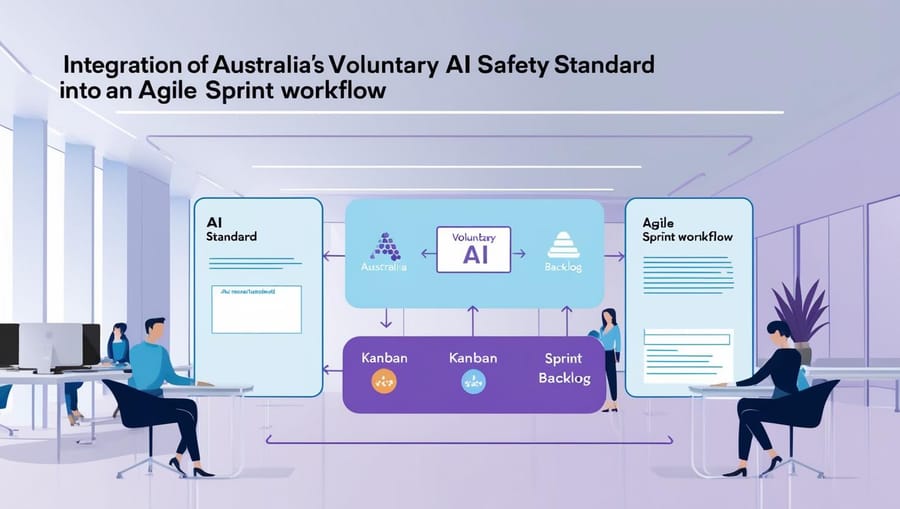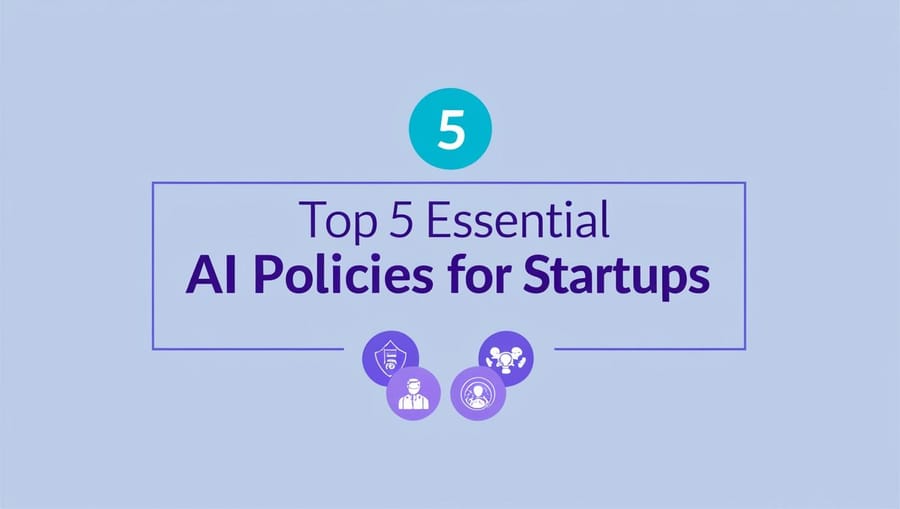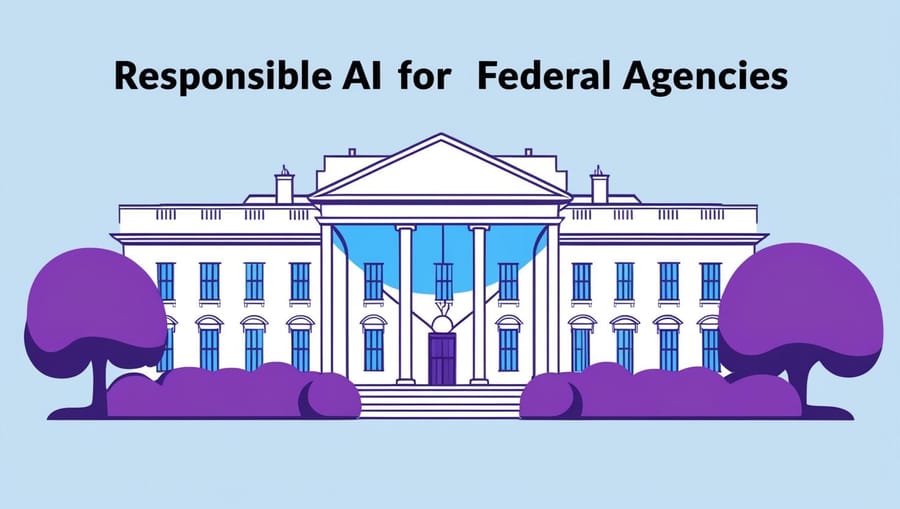AI Compliance in 2025: A Global Imperative
Artificial intelligence (AI) is transforming industries, but as AI systems grow more powerful, so do the risks associated with bias, security vulnerabilities, and ethical concerns. To address these challenges, governments and regulatory bodies worldwide are establishing comprehensive AI governance frameworks. Two of the most significant frameworks in 2025 are:
✅ The EU AI Act – A legally binding regulation from the European Union, categorizing AI applications by risk and enforcing strict compliance measures.
✅ The NIST AI Risk Management Framework (AI RMF) – A voluntary, risk-based approach developed by the U.S. National Institute of Standards and Technology to help organizations develop, deploy, and monitor trustworthy AI systems.
While both frameworks aim to enhance AI safety and trustworthiness, they differ in approach, scope, and regulatory impact. This guide provides a side-by-side comparison of the EU AI Act and NIST AI RMF, helping organizations navigate global AI compliance challenges in 2025.
1. Understanding the EU AI Act and NIST AI RMF
What is the EU AI Act?
The EU AI Act, set to take full effect in 2025, is the world’s first comprehensive AI regulation. It establishes risk-based AI governance with legally enforceable requirements.
Key Provisions of the EU AI Act:
✅ Risk-Based AI Categorization: AI systems are classified as Minimal, Limited, High-Risk, or Prohibited based on their potential harm.
✅ High-Risk AI Requirements: AI models used in finance, healthcare, law enforcement, and HR must meet strict compliance standards.
✅ Transparency Obligations: AI-generated content, biometric recognition, and decision-making systems require clear disclosure.
✅ Fines for Non-Compliance: Companies failing to comply may face penalties of up to €35 million or 7% of global revenue.
🔹 Example: A recruitment AI system screening job applicants in the EU would be classified as high-risk and must comply with bias audits, explainability mandates, and human oversight requirements.
What is the NIST AI RMF?
The NIST AI RMF is a voluntary framework that provides guidelines for managing AI risks, aligning with U.S. government AI policies and best practices.
Key Provisions of the NIST AI RMF:
✅ AI Risk Management Principles: Focuses on trustworthy AI characteristics, including fairness, transparency, accountability, and security.
✅ Guidelines for AI Governance: Encourages enterprises to self-regulate AI risks rather than enforcing legal penalties.
✅ Flexible & Industry-Agnostic Approach: Can be applied to various AI use cases, including finance, cybersecurity, and healthcare.
🔹 Example: A U.S.-based financial institution using AI for fraud detection would follow NIST AI RMF best practices for risk assessment, bias mitigation, and monitoring AI model drift.
2. EU AI Act vs. NIST AI RMF: Key Differences
| Feature | EU AI Act | NIST AI RMF |
|---|---|---|
| Regulatory Status | Legally binding (EU-wide) | Voluntary guidelines (U.S.) |
| Risk-Based Approach | Categorizes AI systems into risk levels | Provides risk-based AI management principles |
| Compliance Requirements | High-risk AI requires documentation, audits, and human oversight | Encourages self-regulation with guidance on AI risks |
| Applicability | Covers AI providers and users operating in the EU | Applies to organizations adopting NIST standards (globally recognized) |
| Penalties for Non-Compliance | Fines up to €35M or 7% of global revenue | No fines, but non-compliance may result in reputational and operational risks |
🔹 Example: A global AI company operating in both the U.S. and Europe must ensure that its EU-facing AI systems comply with the EU AI Act, while its U.S. operations follow NIST AI RMF best practices.
3. Which Framework Should Your Business Follow?
The choice between the EU AI Act and NIST AI RMF depends on multiple factors, including geographical location, industry, risk levels, and business objectives.
Follow the EU AI Act if:
✅ Your company operates in the EU or sells AI-powered products/services in the European market.
✅ Your AI systems are classified as high-risk (e.g., finance, healthcare, law enforcement).
✅ You need a legally enforceable compliance framework with strict penalties for violations.
Follow the NIST AI RMF if:
✅ Your organization is U.S.-based or follows U.S. regulatory guidelines.
✅ You seek a voluntary, risk-management approach to AI governance.
✅ You operate in a lower-risk AI sector where self-regulation is sufficient.
Follow Both Frameworks if:
✅ You are a multinational company with AI deployments in both the EU and the U.S.
✅ You want a comprehensive AI governance strategy that integrates regulatory and voluntary best practices.
✅ You aim to future-proof your AI compliance strategy by adopting globally recognized standards.
🔹 Example: A healthcare AI startup expanding from the U.S. to the EU must align with both NIST AI RMF for U.S. compliance and EU AI Act for European market entry.
4. Future Trends in AI Compliance & Governance
As AI adoption continues to accelerate, regulatory landscapes worldwide are evolving to address concerns about trust, fairness, and accountability. Organizations must stay ahead of emerging trends to ensure long-term compliance and maintain public and regulatory trust. Here are the key trends shaping AI compliance and governance in the coming years:
🔹 1. Stricter AI Regulations in the U.S. Beyond NIST AI RMF
While the NIST AI RMF provides a voluntary framework for AI risk management, U.S. lawmakers are moving toward stronger, legally binding regulations.
✅ The AI Bill of Rights (introduced by the White House) outlines fundamental principles for AI fairness, privacy, and transparency.
✅ States like California, Illinois, and New York are introducing AI-specific regulations, particularly for biometric AI, hiring algorithms, and consumer rights.
✅ The FTC (Federal Trade Commission) is increasing scrutiny on AI misrepresentation, algorithmic bias, and deceptive AI marketing practices.
🔹 Example: A U.S. financial firm using AI for credit assessments may soon be required to provide explainable AI decisions under new consumer protection laws.
🔹 2. Stronger AI Compliance Enforcement in the EU
With the EU AI Act coming into full effect, strict enforcement mechanisms will be introduced, particularly for high-risk AI applications.
✅ AI vendors operating in the EU must register their high-risk AI systems with regulatory bodies.
✅ Independent AI audits will become mandatory for biometric surveillance, HR AI, and financial AI systems.
✅ AI providers failing to comply with risk assessment and fairness mandates could face hefty fines of up to €35 million or 7% of global revenue.
🔹 Example: An HR software provider using AI-powered hiring algorithms in Europe must undergo annual bias audits to ensure compliance with the EU AI Act.
🔹 3. Convergence of Global AI Governance Standards
Countries and organizations are recognizing the need for interoperability between AI governance frameworks to ensure consistency across borders.
✅ ISO 42001 (AI Management System Standard) is emerging as a global compliance benchmark, integrating principles from both NIST AI RMF and the EU AI Act.
✅ International bodies like the OECD (Organisation for Economic Co-operation and Development) and the United Nations (UN AI Ethics Framework) are advocating for harmonized AI risk management practices.
✅ Cross-border AI regulations will drive enterprises to adopt AI governance dashboards that can monitor compliance with multiple frameworks simultaneously.
🔹 Example: A multinational AI company operating in the U.S., EU, and APAC regions will need an AI compliance automation system that aligns with EU AI Act, NIST AI RMF, and ISO 42001 requirements.
🔹 4. Increased Focus on AI Transparency & Explainability
AI decisions that impact employment, finance, and healthcare will be subject to stricter explainability mandates.
✅ AI models used for credit approvals, medical diagnoses, and hiring will require transparent decision-making.
✅ Explainable AI (XAI) techniques like SHAP, LIME, and counterfactual explanations will be integrated into AI systems.
✅ AI vendors will be required to document how AI models make decisions, ensuring accountability and fairness.
🔹 Example: A bank deploying AI-driven loan approval models must provide clear justifications for loan approvals or denials to comply with AI fairness laws.
🔹 5. AI Compliance Automation Will Become the Norm
To keep up with fast-evolving regulations, enterprises will invest in AI compliance automation tools.
✅ AI risk dashboards will continuously monitor bias, fairness, and security threats.
✅ Automated audits will flag AI governance violations before they lead to regulatory penalties.
✅ Enterprises will integrate AI ethics compliance into MLOps pipelines for real-time risk tracking.
🔹 Example: An e-commerce company using AI for personalized marketing can use AI compliance software to monitor algorithmic bias and privacy risks in real time.
Final Thoughts: AI Compliance is a Strategic Imperative
In 2025, AI governance is no longer optional—it’s a strategic necessity. Organizations must adopt a comprehensive AI compliance strategy that aligns with both EU AI Act and NIST AI RMF frameworks to mitigate risks, enhance trust, and ensure ethical AI deployment.
By integrating risk-based AI governance, transparency measures, and automated compliance tools, enterprises can navigate the evolving AI regulatory landscape with confidence.

